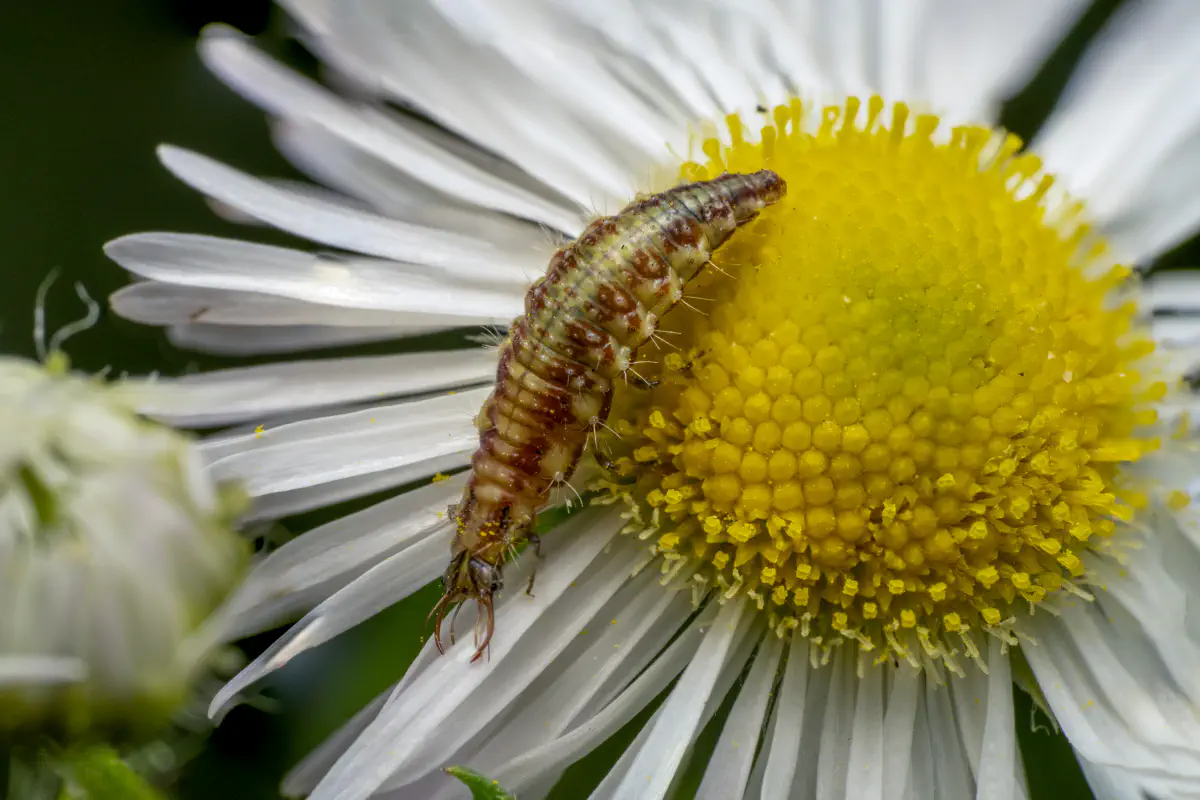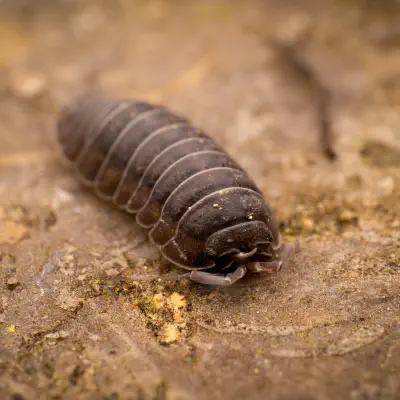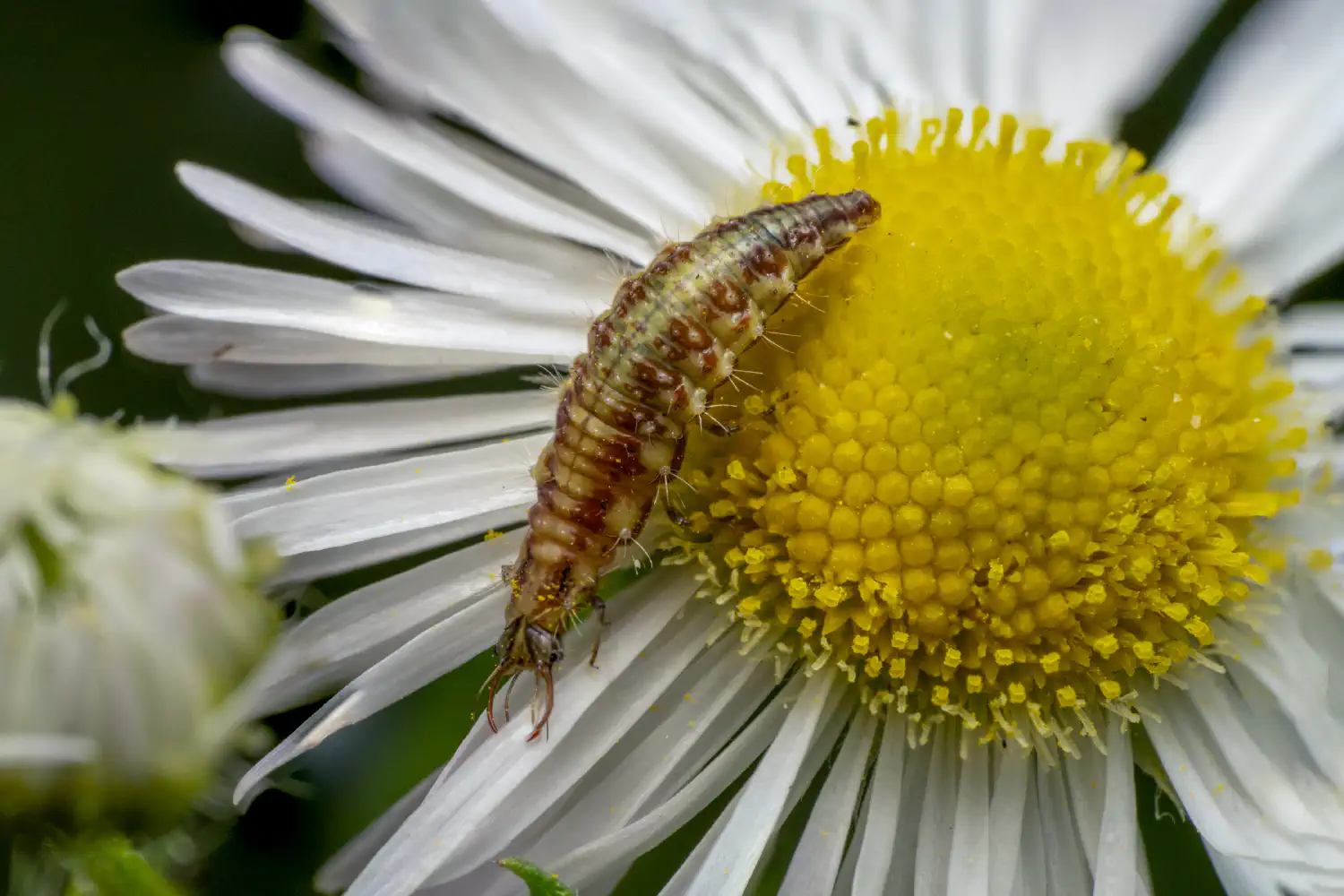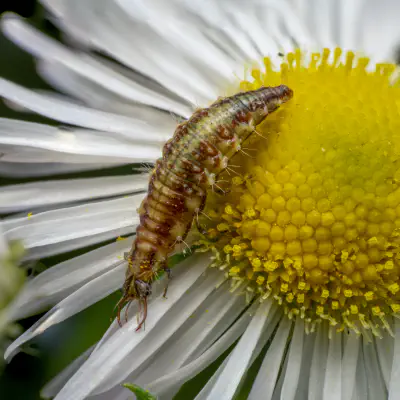Arthropods Daily – Issue No. 509 No. 509 |

...
Ancestry Graph
%%{
init: {
'theme': 'base',
'themeVariables': {
'primaryColor': '#83a09c',
'primaryTextColor': '#212d2b',
'primaryBorderColor': '#fff',
'lineColor': '#fff',
'secondaryColor': '#006100',
'tertiaryColor': '#fff'
}
}
}%%
flowchart LR
classDef active fill:#fff
arthropods("phylum: Arthropods"):::active
arthropods-->insects("class: Insects"):::active
insects-->green-lacewings("family: Green Lacewings"):::active
green-lacewings==>chrysoperla-carnea(["species: Chrysoperla carnea"]):::active
click chrysoperla-carnea href "/en/catalogue/arthropods/insects/green-lacewings/chrysoperla-carnea/"
click arthropods href "/en/catalogue/arthropods/"
click insects href "/en/catalogue/arthropods/insects/"
click green-lacewings href "/en/catalogue/arthropods/insects/green-lacewings/"
This is not intended to be a dry lexicon. Personal stories and sensitive articles form the framework for our pictures: „Even sustainability can be staged“
Robert the pill woodlouse in organic wonderland


